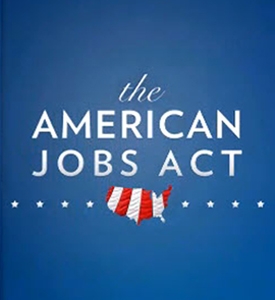Acting Secretary Blank Highlights the Obama Administration's Pro-Business Record
Acting U.S. Commerce Secretary Rebecca Blank today delivered the keynote address at the Greater Fort Lauderdale Alliance Annual Meeting, where she highlighted the different ways the American Jobs Act would make an immediate impact on job creation: cutting taxes for small businesses, putting more money in the pockets of consumers through an expanded payroll tax cut, and preventing the layoffs of teachers, firefighters and policemen, while putting construction workers to work through much-needed renovations to school, roads, rail and airports renovations.
Blank also discussed the Obama administration’s record supporting business expansion, highlighting the 17 different small business tax cuts implemented by the administration, major reform of the patent system that will bring the ideas of innovators to market faster, and investments in education and infrastructure that will help businesses thrive.
The American Jobs Act would:
- Slash the payroll tax in half for 98 percent of businesses, benefitting 410,000 Florida companies;
- Allow localities to avoid laying off teachers, firefighters and cops – 25,900 in Florida alone;
- Modernize at least 35,000 public schools, supporting renovations across the country and as many as 16,600 jobs in Florida;
- Put the long-term unemployed – a group that totals 498,000 in Florida – back to work by making the most innovative reforms to unemployment insurance in 40 years;
- Extend unemployment insurance, preventing 5 million Americans, including 148,500 in Florida, from losing their benefits; and,
- Cut payroll taxes in half for 160 million workers next year, giving the typical Florida family a $1,730 tax cut.










